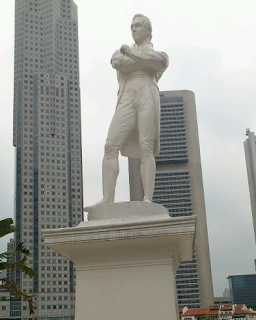Constraints : Bronze money in the design of seashells. With the development of commodity exchange, the supply of natural shells as the currency ran out of supply. Imitation shell money made from stone, bone, ceramics and bronze was thus invented to make up for the shortage. But eventually it was bronze shell-shaped money that replaced natural shells.
During the days of the ancient Chinese Civilization, they invented Chinese coins, the first metal coins in the world. Bronze and Copper imitations of cowrie shells were manufactured by China about 1000 BCE and could be considered some of the earliest forms of metal coins.
The earliest coins were inscribed imitation hoes issued by the Zhou kings in the late sixth century BCE. In the third century BCE a practical solution to the problem of handling irregularly shaped coins was found by replacing hoe and knife coins with flat disc-shaped coins with a central hole, so they could be carried in bulk on strings.
The invention of Chinese coins serve as a fundamental base of currency in Asia and contribute to the conventional way of trading, purchase and selling.
During the days of the ancient Chinese Civilization, they invented Chinese coins, the first metal coins in the world. Bronze and Copper imitations of cowrie shells were manufactured by China about 1000 BCE and could be considered some of the earliest forms of metal coins.
The earliest coins were inscribed imitation hoes issued by the Zhou kings in the late sixth century BCE. In the third century BCE a practical solution to the problem of handling irregularly shaped coins was found by replacing hoe and knife coins with flat disc-shaped coins with a central hole, so they could be carried in bulk on strings.
The invention of Chinese coins serve as a fundamental base of currency in Asia and contribute to the conventional way of trading, purchase and selling.








